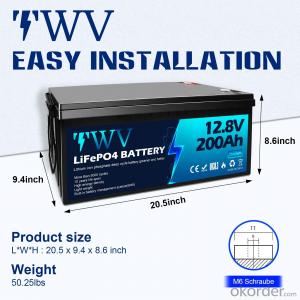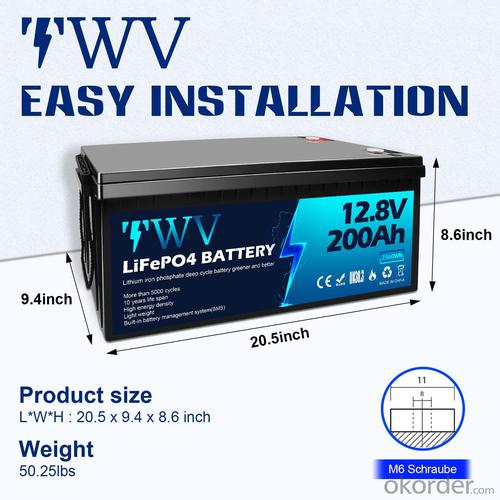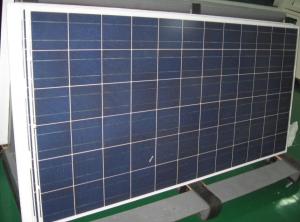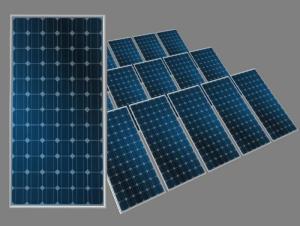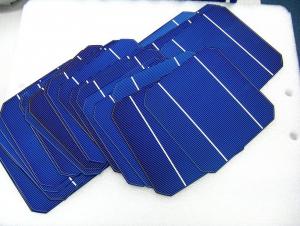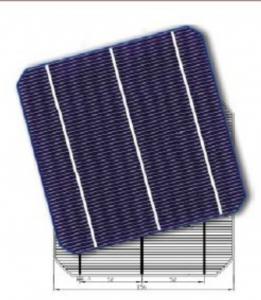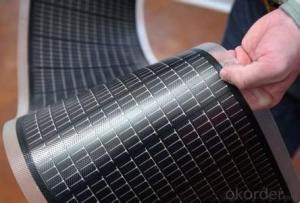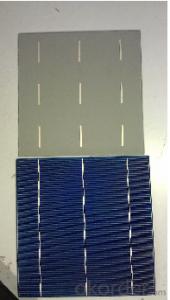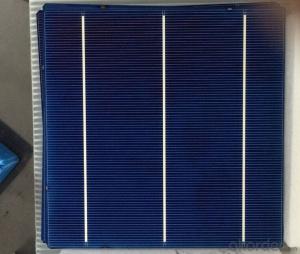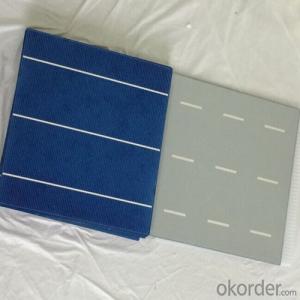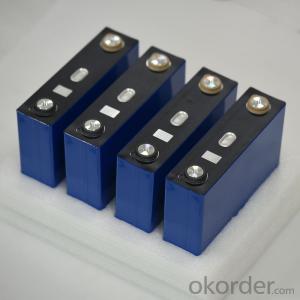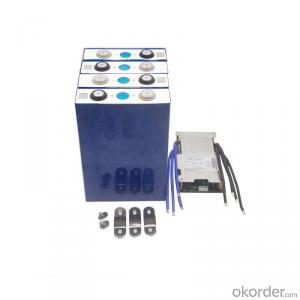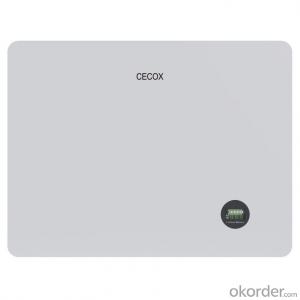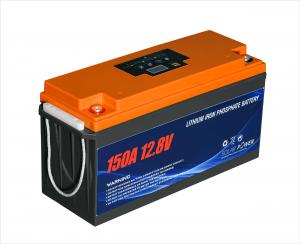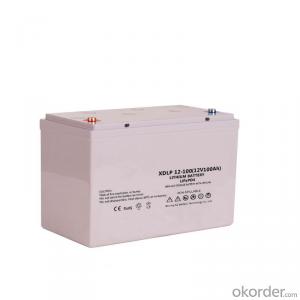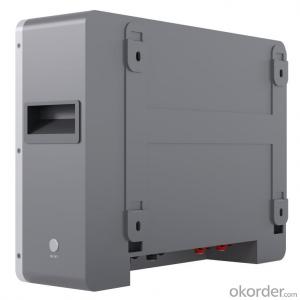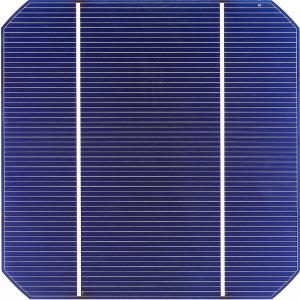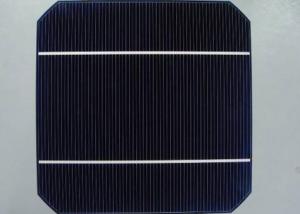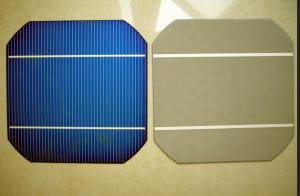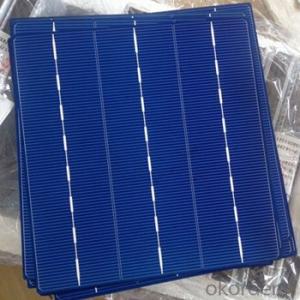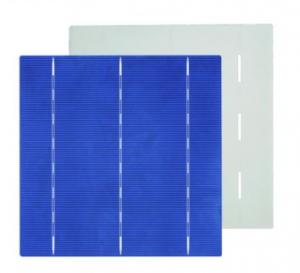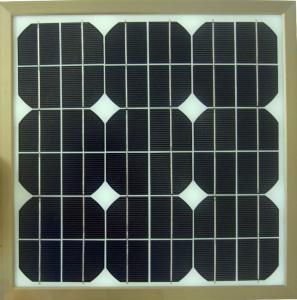12.8V 100Ah 200Ah 300Ah LifePO4 Lithium Iron Battery with Quantum Dot Solar Cells US and Europe Gel Replacement for Solar RV Marine
- Loading Port:
- SHENZHEN
- Payment Terms:
- TT OR LC
- Min Order Qty:
- 1 watt
- Supply Capability:
- 100000 watt/month
OKorder Service Pledge
Quality Product, Order Online Tracking, Timely Delivery
OKorder Financial Service
Credit Rating, Credit Services, Credit Purchasing
You Might Also Like
Specification
Max. Power(W):
15360W
Number of Cells(pieces):
4
Size:
523X240X215MM
| Product Code | LP-1205 | LP-1210 | LP-1215 | LP-1220 | LP-1225 | LP-1230 | LP-2410 | LP-2420 |
| Item | Specification | |||||||
| Nominal Voltage (customizable) | 12.8V | 12.8V | 12.8V | 12.8V | 12.8V | 12.8V | 25.6V | 25.6V |
| Rated Capacity (customizable) | 50Ah | 100Ah | 150Ah | 200Ah | 250Ah | 300Ah | 100Ah | 200Ah |
| Combination Mode | 4S1P | 4S1P | 4S | 4S2P | 4S2P | 4S2P | 8S1P | 8S1P |
| Ceiling Voltage | 14.6V ± 1V | 29.2V ± 1V | ||||||
| Minimum Voltage | 10V ± 1.0V | 20V ± 1.0V | ||||||
| Continuous Operating Current | ≤50A | ≤100A | ||||||
| Maximum Transient Current | ≤100A | ≤200A | ||||||
| Overcharge Protection Voltage | 3.65V ± 0.025V / Cell | |||||||
| Over Discharge Protection Voltage | 2.50V ± 0.025V / Cell | |||||||
| Charging Mode | Constant current and constant voltage (CC-CV) | |||||||
| Charging Current | ≤25A | ≤50A | ≤75A | ≤100A | ≤100A | ≤100A | ≤50A | ≤100A |
| Charging Temperature Range | 0~45℃ / 45~85%RH | |||||||
| Discharge Temperature Range | -20~55℃ / 45~85%RH | |||||||
| Shell (customizable) | Plastic shell | |||||||
| Plug (customizable) | M8 screw hole | |||||||
| Overall Dimension mm (customizable) | L194*W132*H172 | L325*W170*H215 | L330*W172*H220 | L523*W240*H215 | L523*W240*H215 | L523*W240*H215 | L523*W240*H215 | L521*W238*H218 |
| Weight | ≤6kg | ≤11kg | ≤14kg | ≤18kg | ≤18kg | ≤26kg | ≤18kg | ≤35kg |
| Signal Communication | - | Bluetooth | Bluetooth | Bluetooth | Bluetooth | Bluetooth | - | - |
| Scope Of Application | Caravan,UPS, Energy Storage,Marine,Golf Car,Buggies,Remote Monitoring,Switching applications and more | |||||||
| Certified | CE,UN38. 3. MSDS, shipping, hazardous package | |||||||
| Cell Certification | CE,UL,IEC 62109-1&-2, IEC 62477,EN61000,UN38.3 | |||||||
- Q: How do solar cells handle bird droppings or other debris?
- Solar cells are generally designed to be self-cleaning or have a protective coating that prevents bird droppings or debris from significantly impacting their performance. Rainwater or regular cleaning can often wash away most of the dirt or droppings, ensuring optimal solar energy generation.
- Q: What is the role of tracking systems in maximizing solar cell efficiency?
- Tracking systems play a crucial role in maximizing solar cell efficiency by continuously adjusting the position of solar panels to optimize their exposure to sunlight. These systems enable solar panels to track and follow the sun's path throughout the day, ensuring that they are always facing directly towards the sun. By doing so, tracking systems can enhance the amount of sunlight captured by solar cells, resulting in increased energy production and overall efficiency.
- Q: Are solar cells weather-resistant?
- Yes, solar cells are weather-resistant. They are designed to withstand various weather conditions including rain, snow, wind, and extreme temperatures.
- Q: How do solar cells perform in areas with high levels of light pollution?
- Solar cells do not perform as efficiently in areas with high levels of light pollution. The excessive artificial light can interfere with the ability of solar cells to absorb and convert sunlight into electricity. This results in reduced power output and lower overall performance of the solar cells.
- Q: Can solar cells be used in sports stadiums or arenas?
- Yes, solar cells can be used in sports stadiums or arenas. They can be installed on the roofs or other suitable areas to generate renewable energy that can be used to power various systems within the facility, such as lighting, scoreboards, or even charging stations for electric vehicles. Additionally, solar cells can help reduce the environmental impact of these large venues by decreasing their reliance on non-renewable energy sources.
- Q: My solar cells are broken, can I just buy one and replace it?
- No, you just can not do properly
- Q: Can solar cells be used in desert areas?
- Yes, solar cells can be used in desert areas. In fact, desert areas are considered to be ideal locations for solar energy production due to their high levels of solar radiation and clear skies. The abundance of sunlight allows solar cells to generate electricity efficiently, making them a suitable and sustainable energy solution for desert regions.
- Q: How do solar cells handle voltage fluctuations?
- Solar cells do not handle voltage fluctuations themselves. However, to address voltage fluctuations, external devices such as voltage regulators or inverters are used in conjunction with solar cells. These devices help maintain a stable voltage output from the solar cells, ensuring consistent power supply regardless of any fluctuations in the input voltage.
- Q: How efficient are solar cells?
- Solar cells are highly efficient in converting sunlight into electricity, with the most advanced ones achieving an efficiency of around 20-25%. However, the average efficiency of commercially available solar panels is typically around 15-20%.
- Q: What is the impact of solar cell installations on greenhouse gas emissions?
- The impact of solar cell installations on greenhouse gas emissions is significant as they provide a clean and renewable source of energy. By harnessing sunlight and converting it into electricity, solar cells reduce reliance on fossil fuels, which are major contributors to greenhouse gas emissions. Solar power generation produces no direct emissions during operation, thus helping to mitigate climate change and reduce overall carbon dioxide and other greenhouse gas emissions.
Send your message to us
12.8V 100Ah 200Ah 300Ah LifePO4 Lithium Iron Battery with Quantum Dot Solar Cells US and Europe Gel Replacement for Solar RV Marine
- Loading Port:
- SHENZHEN
- Payment Terms:
- TT OR LC
- Min Order Qty:
- 1 watt
- Supply Capability:
- 100000 watt/month
OKorder Service Pledge
Quality Product, Order Online Tracking, Timely Delivery
OKorder Financial Service
Credit Rating, Credit Services, Credit Purchasing
Similar products
Hot products
Hot Searches
Related keywords
